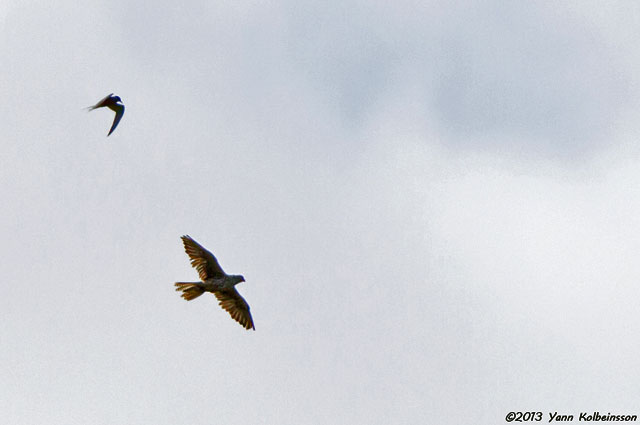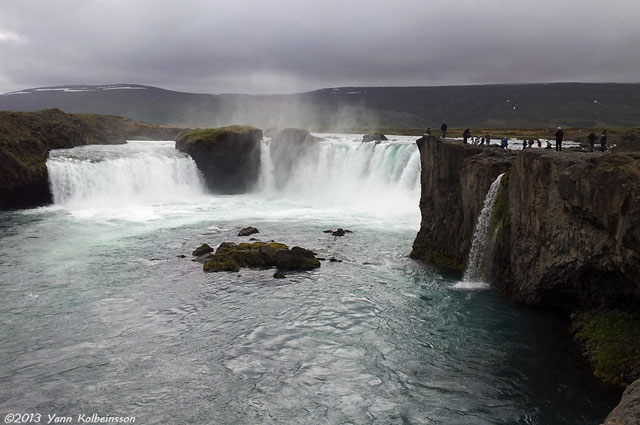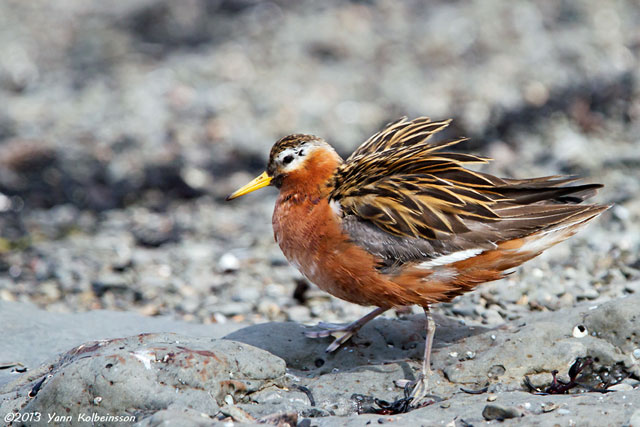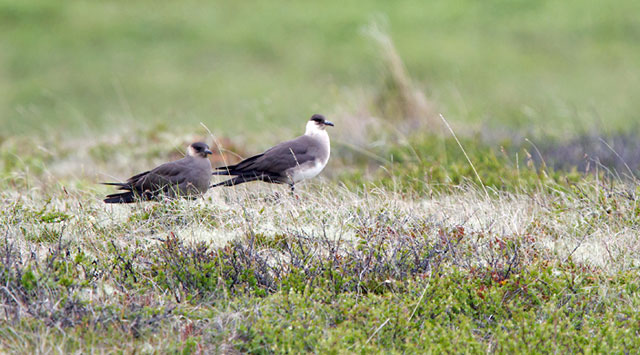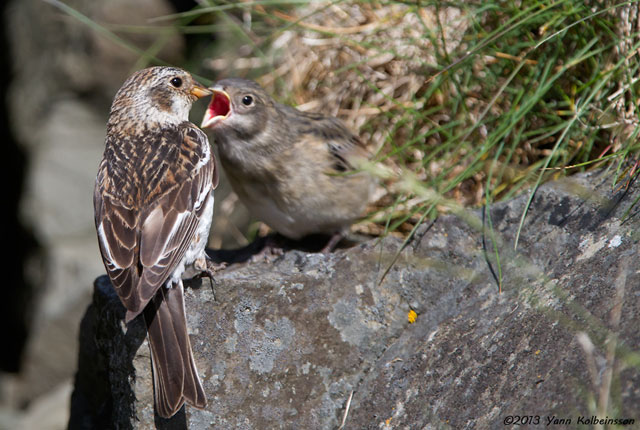From the Field
September 18: Rich Hoyer on the last week of his Mato Grosso, Brazil tour
Our final week in Mato Grosso was in the Amazonian Rainforest in the comfort of Cristalino Jungle Lodge, and we continued to have some great sightings. One of the benefits of there being a large crew of local guides is that they were constantly finding things for us. Such as on our first day, when Stephen excitedly announced that the tree cavity he had been eyeing every day for a month suddenly had a Tawny-bellied Screech-Owl sitting at it! It continued to be present for just a couple hours every day. Then on our second day, Fininho spotted a Crested Owl only 25 yards away from the screech-owl, and it was visible every other day during our stay. What lucky finds – while most birders at least hear the first species, very few ever get to see either of these owls here. We did a lot of difficult birding from forest trails, but in the end it always paid off, especially when we heard the nearly mythical Scaled Ground-Cuckoo singing from a dense thicket, and further searching resulted in a group of nine Dark-winged Trumpeters (essentially a small rainforest-dwelling crane) that allowed amazingly close approach. Some of our most enjoyable time was spent on the two canopy towers, the new one featuring a fruiting tree right next to it that proved popular for cotingas and aracaris, such as the Red-necked Aracari pictured below, but perhaps the bird of the tour that created the most excitement was a Harpy Eagle that perched for about 20 minutes in a tree about 800 yards away. The other tower contrasted with only a few close birds but startlingly close White-cheeked Spider Monkeys (photo below), as well as White-nosed Bearded Sakis and Tufted Capuchins. We also saw lots of birds right around the lodge clearing, such as the low-flying King Vulture in the photo below, and later in the week a lasting morning drizzle forced us to enjoy roving groups of aracaris, tanagers, migrating swifts and Fork-tailed Flycatchers, and a fantastic male Amazonian Umbrellabird. Other groups of animals kept us looking, such as toads, two species of caimans, interesting beetles and mantises, the clouds of butterflies on the river bank, and some gorgeous moths such as the Sematura species (photo below) that landed on a participant’s jacket one evening.
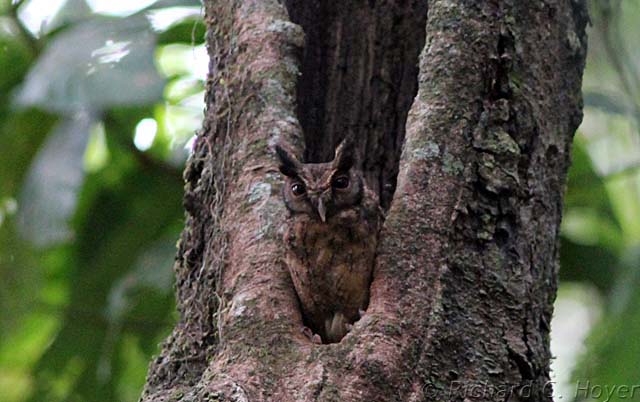
Tawny-bellied Screech-Owl
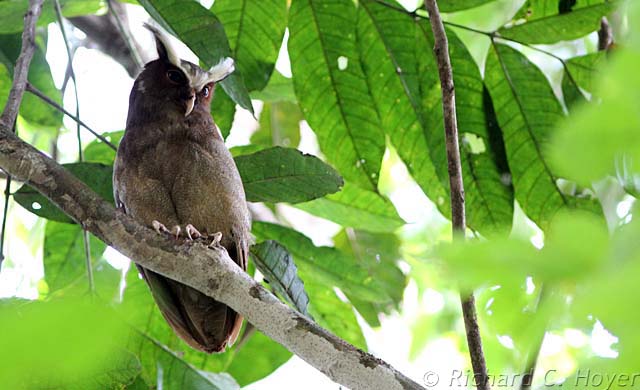
Crested Owl
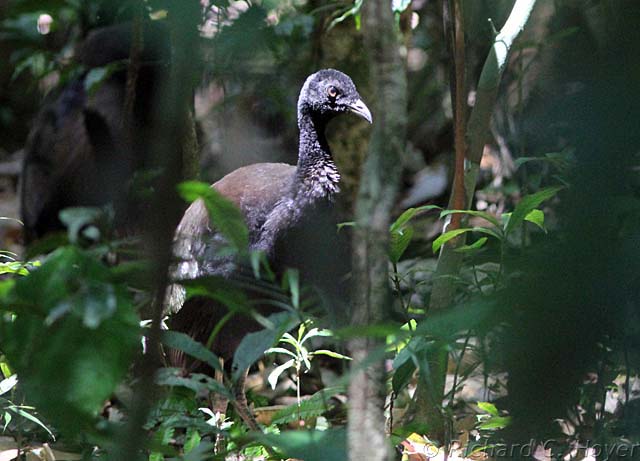
Dark-winged Trumpeter
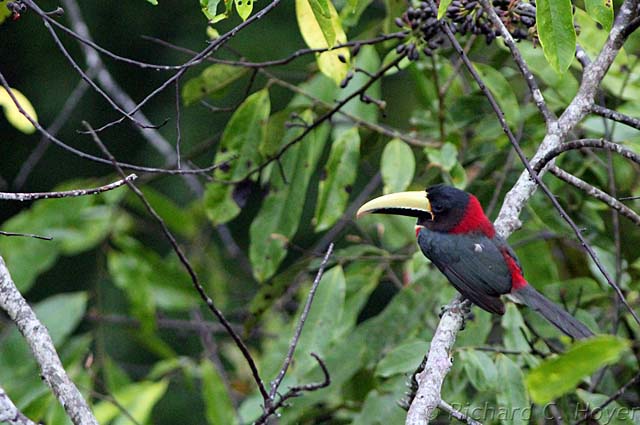
Red-necked Aracari

White-cheeked Spider Monkey
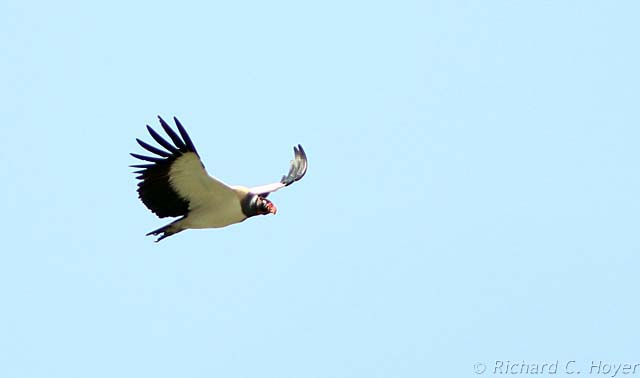
King Vulture
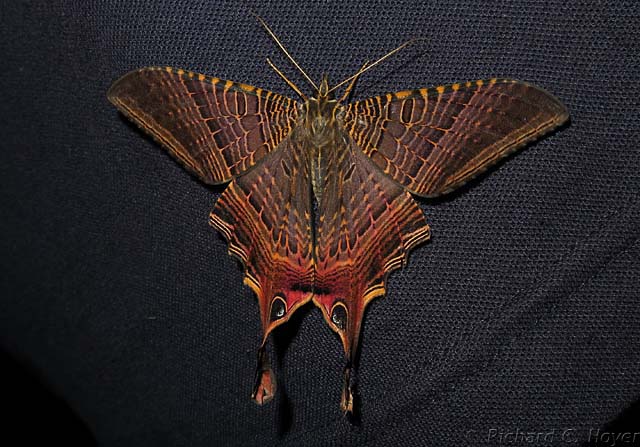
Sematura Moth
September 11: Susan Myers on the last days of the Borneo tour
Danum Valley is arguably the best place to bird in Asia and our last stop on the Borneo tour lived up to expectations and then some. Our first day in the field was the best of the tour so far, and that's saying a lot! We spent the morning birding along the entrance road; as we walked we were serenaded by troops of calling Bornean Gibbons and honking Rhinoceros Hornbills. One of the first birds we encountered was the endemic Black-throated Wren-Babbler, a small group charmed us with their noisy antics and allowed fabulous views. As we continued we found handsome Raffle's Malkohas, cute Black-and-yellow Broadbills, the breathtaking Red-backed Dwarf-Kingfisher and many other of the captivating Asian specialities. Later in the morning we heard a distinctive whistle - we were hearing Banded Pitta, one of the world's most beautiful birds. With a bit of patience and some luck we all soon had this stunner in the binoculars and we were one very happy group of birders! We soon had a perched White-fronted Falconet, the world's smallest raptor and another great endemic. Here in the tallest tropical rainforest we have access to a fabulous and long canopy walkway that allows us access to the treetops and bird's eye views of some of the more elusive inhabitants. We watched Green Ioras feeding in the foliage, Scarlet-rumped Trogons calling quietly from their perches and Orange-backed Woodpeckers scouring the tree trunks.
Over the next days there was as much excitement as the previous one with wild Orang Utans encountered on a couple of occasions, including a mother with a baby, a bunch of wonderful woodpeckers, a cooperative Green Broadbill - the green has to be seen to be believed, and too many more to mention. The biggest thrill came early on our second day though, starting with some strange strangulated calls heard off in the forest. As the source of the vocalizations came closer we soon found ourselves looking at a pair of what must be one of the strangest of birds, the legendary and enigmatic Bornean Bristlehead! The forests here hold many secrets, patience and persistence are a requirement of those who want to discover them but you WILL be rewarded.
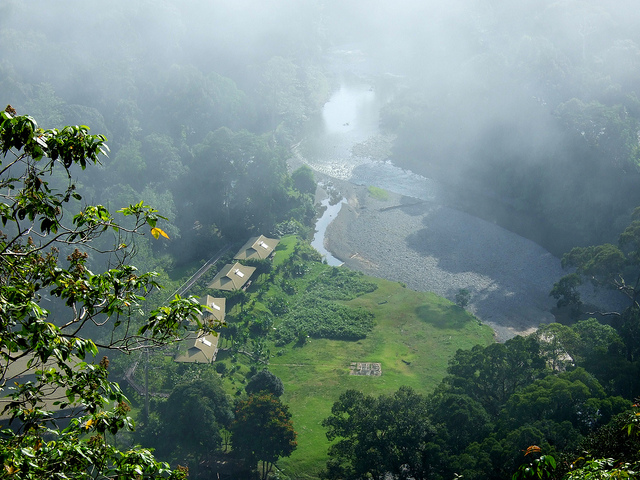
Borneo Rainforest Lodge
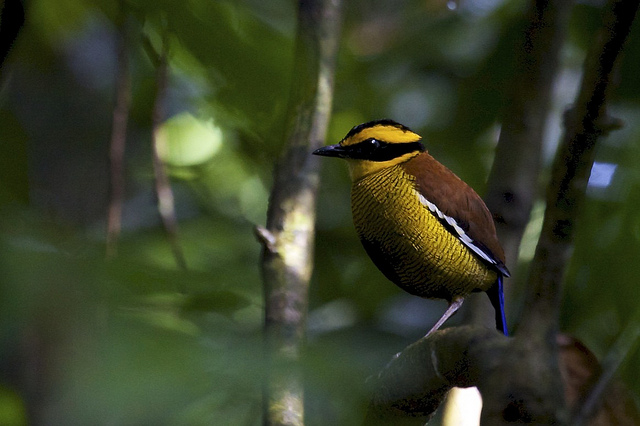
Banded Pitta
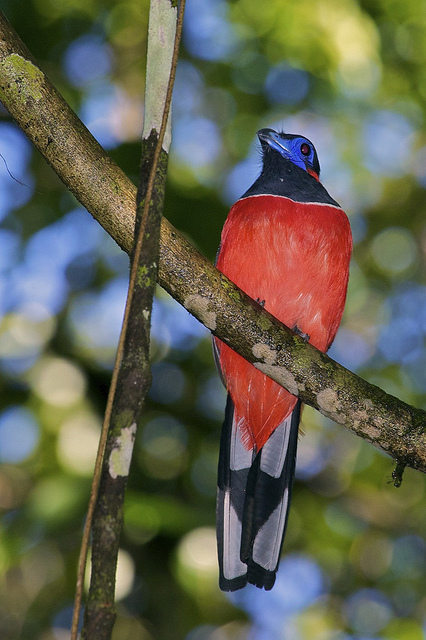
Scarlet-rumped Trogon

Orang Utans
September 2: Rich Hoyer from his on-going private tour to Brazil's Mato Grosso
We’ve had a great trip in Brazil so far, visiting the cerrado habitats northeast of Cuiabá, then the seemingly endless marshes and dry forest patches of the Pantanal, ending that portion of the tour with over 250 species of birds. Despite a late cold front that brought persistent winds for over two days and very chilly mornings, we did well with many of the cerrado specialties, such as the Red-legged Seriema in the photo below. We also enjoyed watching two male Greater Rheas fight, a nine-banded Armadillo cross in front of the bus, and a gorgeous Collared Crescentchest, a new family for all the participants. The Pantanal was an embarrassment of riches, starting with roadside ditches and wet fields filled with birds and caimans before we took a boat ride on the Rio Cuiaba and in a single afternoon saw two Jaguars, one posing nicely in the photo below. On the same boat ride we watched a Crane Hawk hunting fearlessly at close range in the undergrowth along an oxbow, and it too posed for photos. Finally, we birded the drier forest and savannah on the property of our lodge, scoring four species of owls while standing in one spot, though we saw only the rarest two of them, Black-banded and Mottled Owls (the two we heard only were Striped and Tropical Screech). But even the common were a treat, such as the tree full of Toco Toucans, two of them sparring in the photo below, and at least the leader enjoyed the challenge of teasing a Screaming Cowbird out of a flock of Shining Cowbirds, the one photo below showing nicely the difference in bill size and shape. We’ve just arrived at Cristalino Jungle Lodge for the final week, and a bunch of new birds on our first afternoon preceded the first evening thunderstorm and downpour of the season. Let the fun continue!
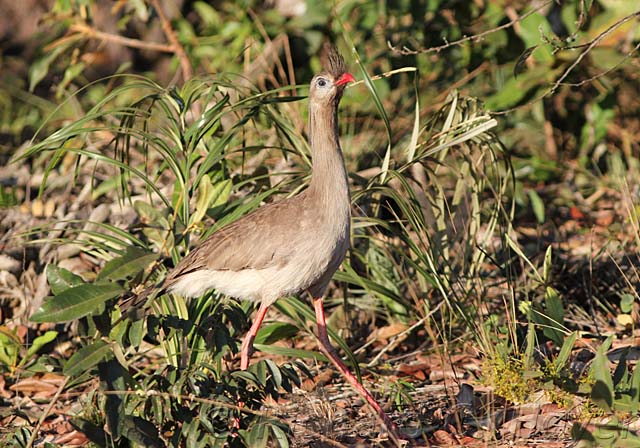
Red-legged Seriema

Jaguar
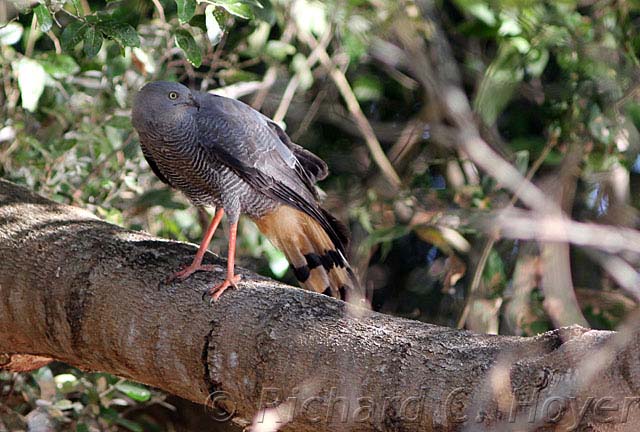
Crane Hawk
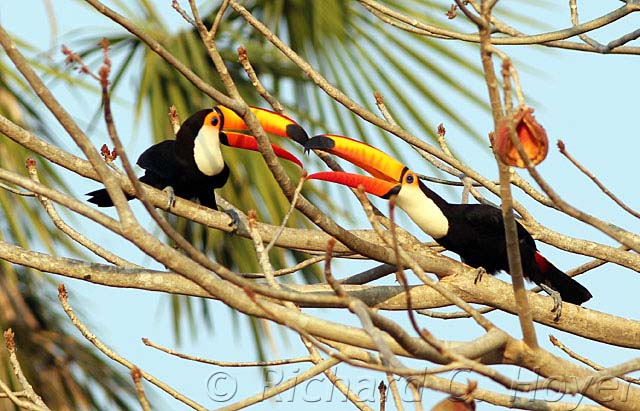
Toco Toucans
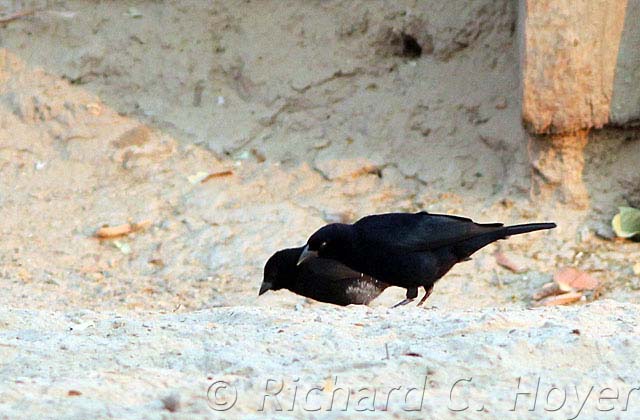
Screaming Cowbird
August 16: Jon Dunn on his just-completed "second spring" tour of southeast Arizona
The summer monsoon had hit in force prior to our visit; indeed more rain had fallen over much of southeast Arizona then over the past several summers combined. Everything was green. Despite the wetness, there were breaks in the rains and we were never inconvenienced by weather. Perhaps the main highlight of our tour was the thirteen species of hummingbirds including an adult male Allen’s, two female White-eared and six Lucifer Hummingbirds and a Plain-capped Starthroat. Also of note were a Least Grebe, five species of owls, including family groups of Spotted and Burrowing Owls, a family group of Northern Goshawks, side-by-side views of Crissal and Bendire’s Thrashers on the ground, Five-striped Sparrows, numerous Varied Buntings, including a female on a nest, and at least three juvenile Semipalmated Sandpipers. It's hard to overstate how beautiful Arizona is in its "second spring,"and early August is my favorite time. All the special birds are still here, some migrants too, and the land- and sky-scapes are breathtaking.

At this time of the year the monsoon is in full swing with a build-up of spectacular thunderheads in the morning and afternoon thundershowers.
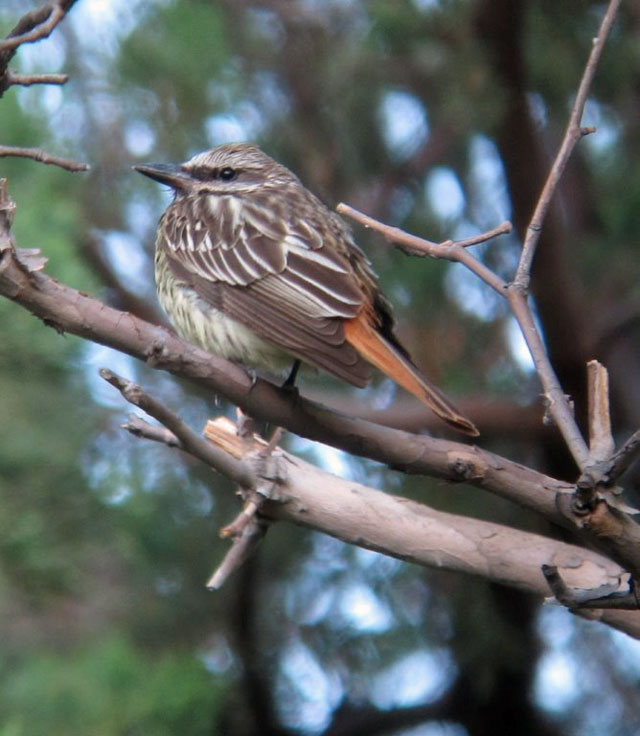
Even in late summer most of the southeast Arizona specialties can still be found, such as this Sulphur-bellied Flycatcher
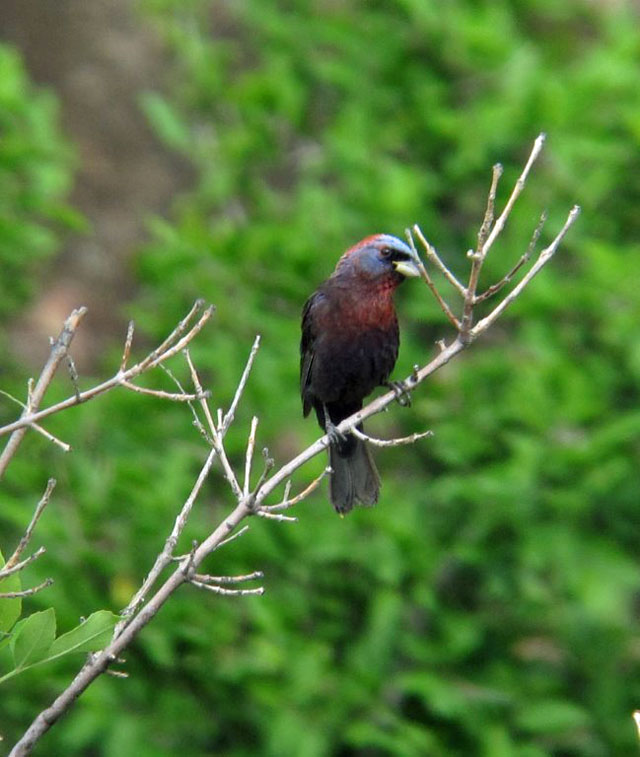
Some will be at the peak of their nesting, such as this territorial adult male Varied Bunting...
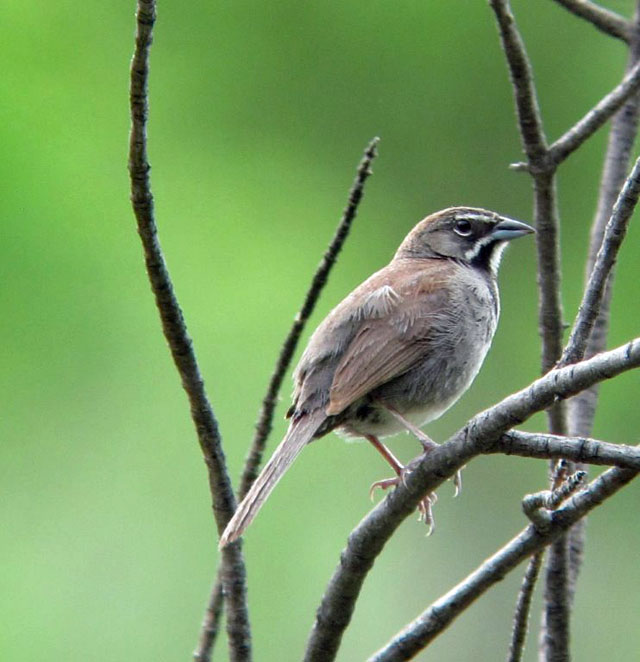
...or this very localized and uncommon Five-striped Sparrow, nearly all of whose U.S. representitives are found in just a few canyons in southeastern Arizona near the Mexican border
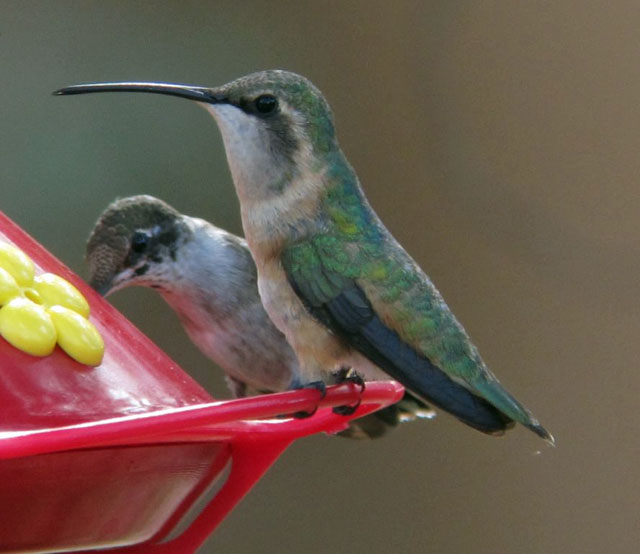
August is the probably the peak month for hummingbird numbers and diversity; here a female Lucifer
August 12: Paul Lehman on his just-completed cruise from San Francisco to Southeast Alaska and return
The inaugural ten-day WINGS cruise from San Francisco to southeast Alaska and back was a great success, with fine birds (including rarities and some exceptional concentrations), superb scenery, good weather both onshore and at sea, a very comfortable ride on a comfortable ship, and excellent food. Some of the pelagic highlights included a Cook's Petrel and 2 Laysan Albatrosses off northern California, a Hawaiian Petrel off Oregon, a Great Shearwater off British Columbia, 21 South Polar Skuas, 700 Black-footed Albatrosses, 13 Buller's Shearwaters, over 100 Long-tailed Jaegers; concentrations of 10,000 Fork-tailed and 7000 Leach's Storm-Petrels and 5000 Marbled Murrelets; as well as many Red Phalaropes, Sabine's Gulls, Arctic Terns, and a few Ancient Murrelets. Glacier Bay produced over 50 Kittlitz's Murrelets and close-up views of calving glaciers. Onshore excursions found a wide variety of woodland species, plus a family group of Dusky Grouse just inside the Yukon (near Skagway, AK) and Sky Larks near Victoria. A fine selection of marine mammals included hundreds of Sea Otters, four species of whales, and a pod of Orcas, all against a backdrop of stunning alpine and fjordland scenery.
Thanks, Owen Schmidt, for all the images, below.

Hawaiian Petrel

Great Shearwater
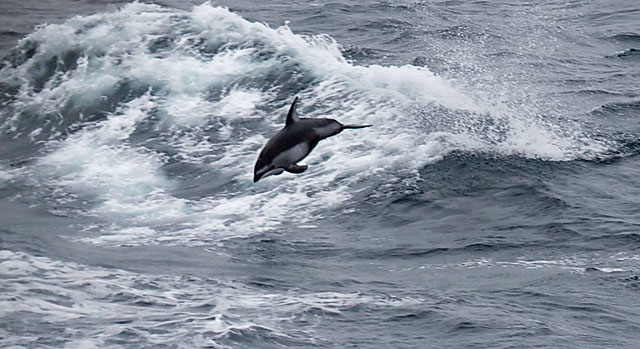
Pacific White-sided Dolphin
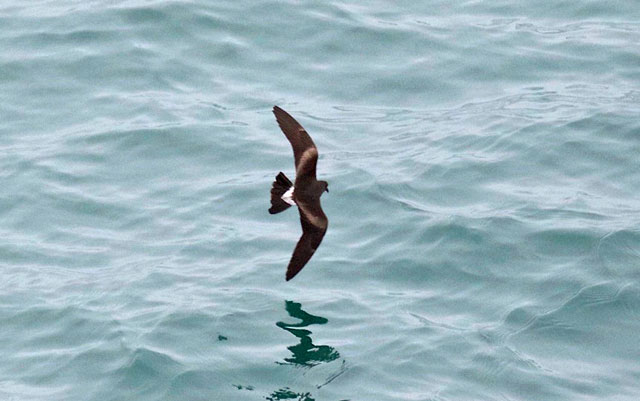
Leach's Storm-Petrel
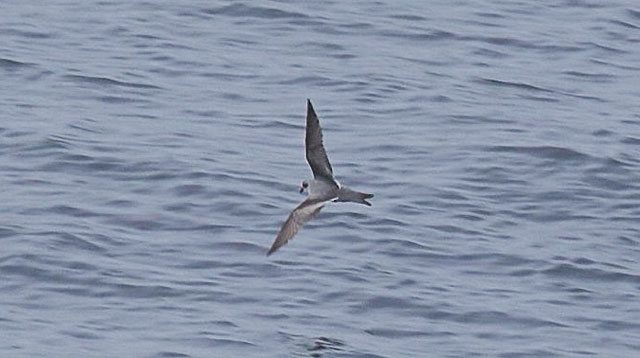
Fork-tailed Storm-Petrel
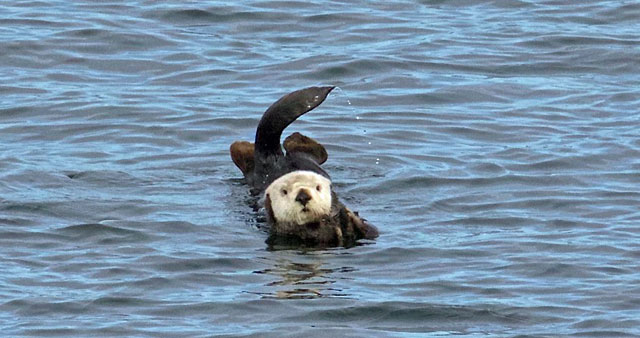
Sea Otter

A glacier in Glacier Bay National Park
August 12: Susan Myers from her on-going tour of Borneo
This afternoon we went to the canopy walkway at Sepilok after lunch and stayed until after dark. We spent a couple of hours at one of the towers, the Trogon Tower, that links the walkways. The views of the rainforest from the 28 m high tower (and from the Hornbill Tower, which is almost 60 m above the rainforest floor!) are incomparable. From up here we can really appreciate the staggering floristic diversity of this amazing habitat. The birding this afternoon was a little slow compared with this morning's potpourri of hornbills, minivets, ioras, flycatchers, spiderhunters and others. But as the sun sank lower in the sky and the temperature cooled activity started to increase. we focused on one of the taller trees in anticipation of its inhabitants emerging and right on cue a furry red head popped out of a hollow and out glided a magnificent Red Giant Flying Squirrel and another, then another. We watched them for some time as they glided up to 100 m, climbed to the top of the tree, then glided again. To finish off the day we walked down one of the nearby trees and found a roosting Rufous-collared Kingfisher, a beautiful and very shy forest denizen that we felt very lucky to find as we certainly don't see it on every tour of Borneo!

Rufous-collared Kingfisher (thanks, Cliff Hensel)
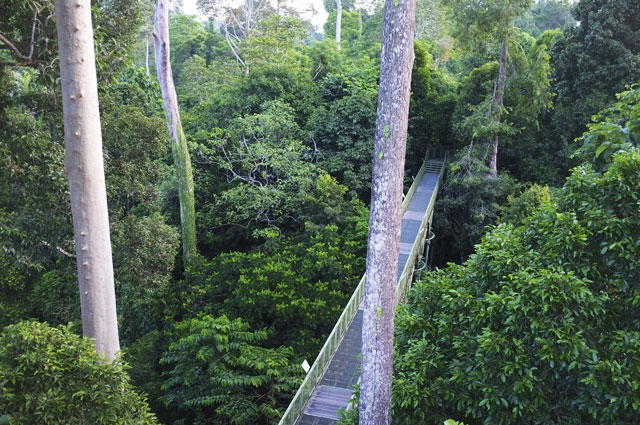
Sepilok Canopy Walkway
July 17: Gavin Bieber on his just-concluded tour of British Columbia
BC is an incredibly beautiful place, and we sampled much of it from the peaks of the Cascades with displaying Sooty Grouse, to the arid Ponderosa forests of the Okanagan with breeding Flammulated Owls, to coastal woods and Red-breasted Sapsuckers, rocky shorelines with American Black Oystercatchers and the open waters of the Strait with curious Harbor Seals, New sights anf sounds greeted us at every turn and by the end we had tallied 183 species of birds, and 17 species of mammals all while enjoying some of the most attractive landscapes that North America has to offer and nearly perfectweather. Who could ask for more?

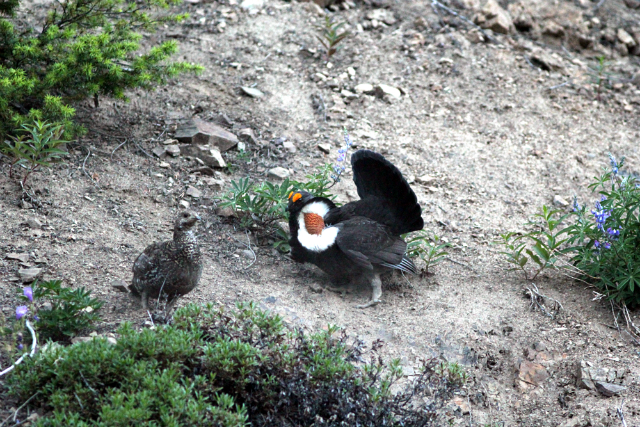
Sooty Grouse
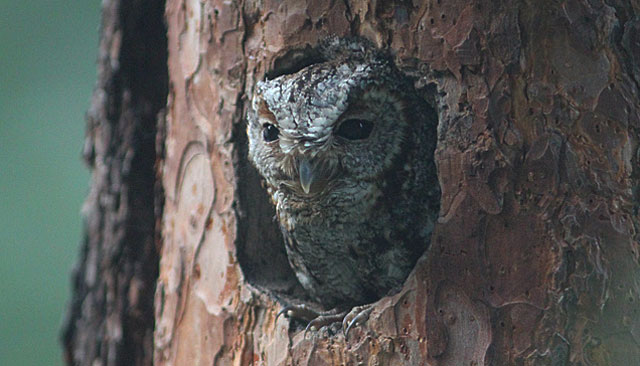
Flamulated Owl
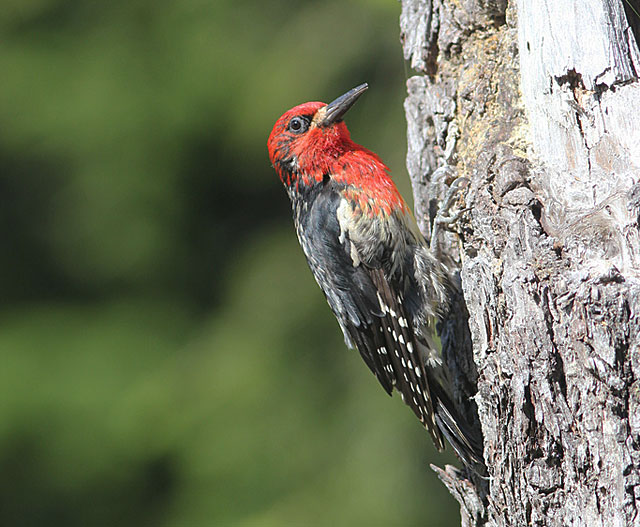
Red-breasted Sapsucker
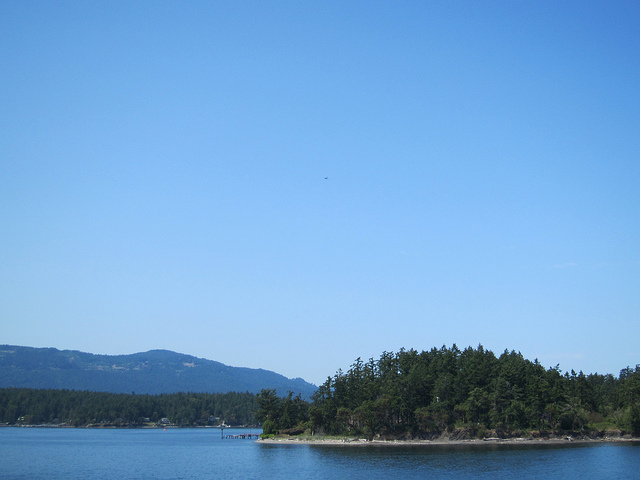
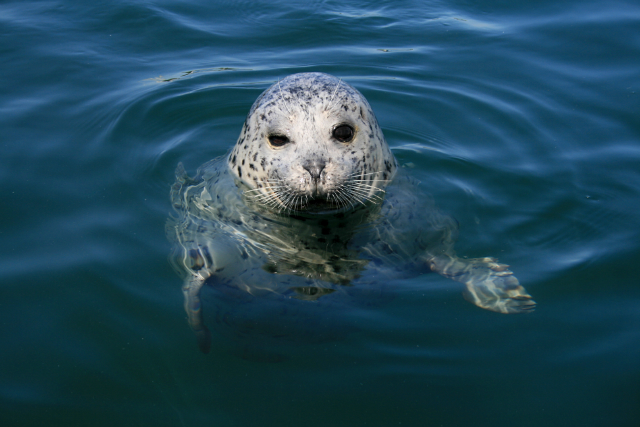
Harbor Seal
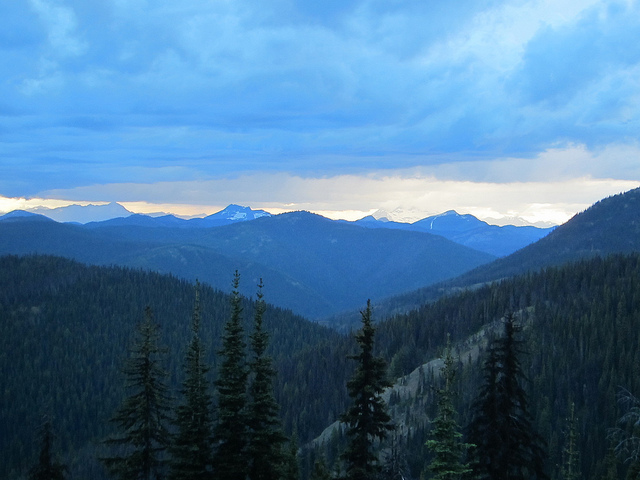
July 16: Steve Howell at the conclusion of Ecuador: Week in Paradise
From multicolored Toucan Barbets and Plate-billed Mountain-Toucans (both below) to cryptic antpittas (Ochre-breasted below) and otherworldly Oilbirds, from displaying Andean Cock-of-the-Rocks to feeding Long-wattled Umbrellabirds, and from dazzling tanagers (Golden Tanager below) and hummingbirds (Velvet-purple Coronet below) to the misty world of the cloud forest and great hospitality at our lodge, this tour was way too short but oh so full of great birds and memories.
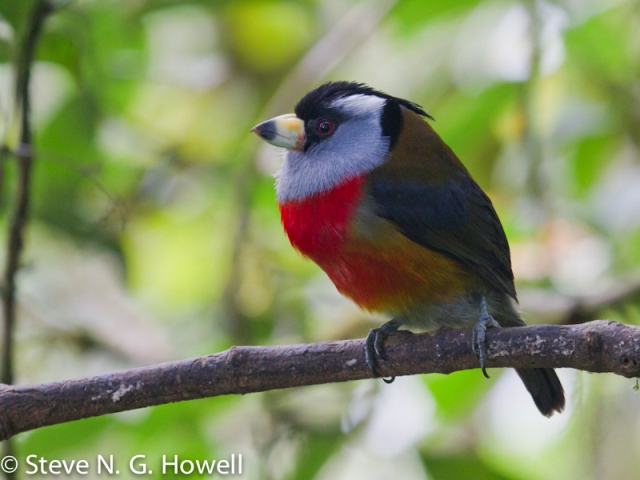
Toucan Barbet
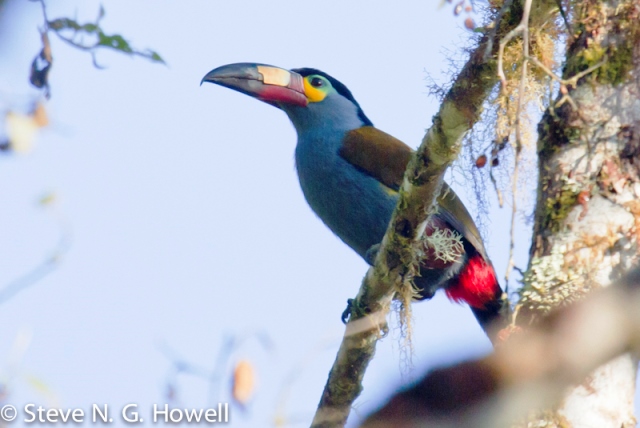
Plate-billed Mountain-Toucan
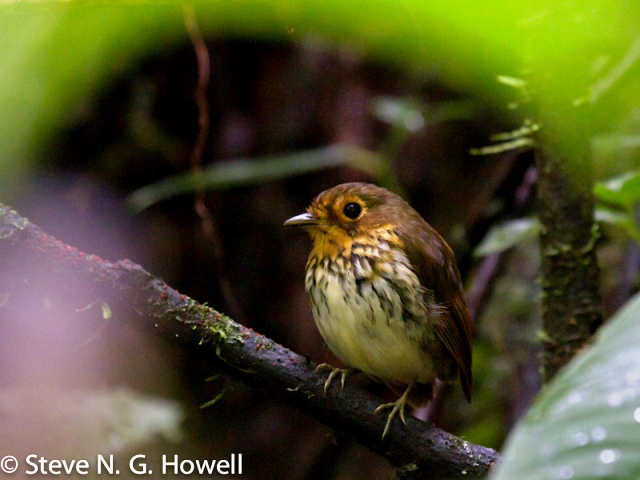
Ochre-breasted antpitta
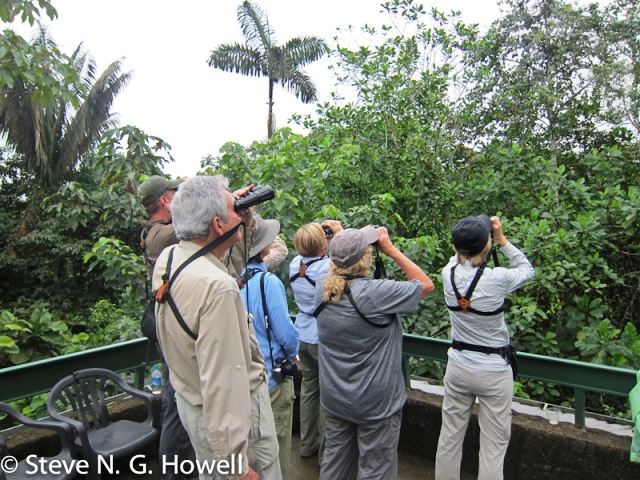
Rio Silanche
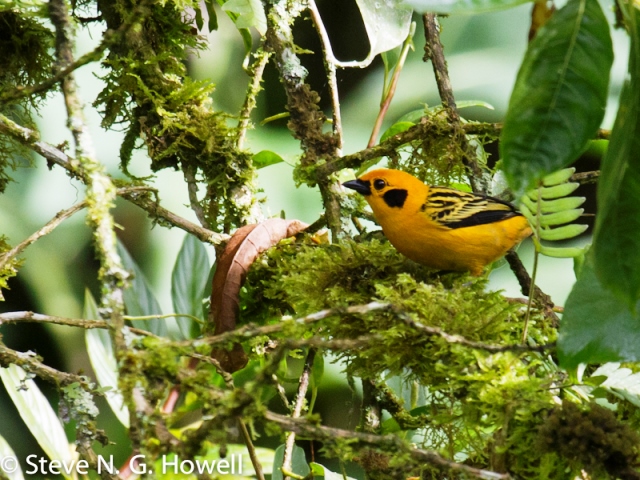
Golden Tanager
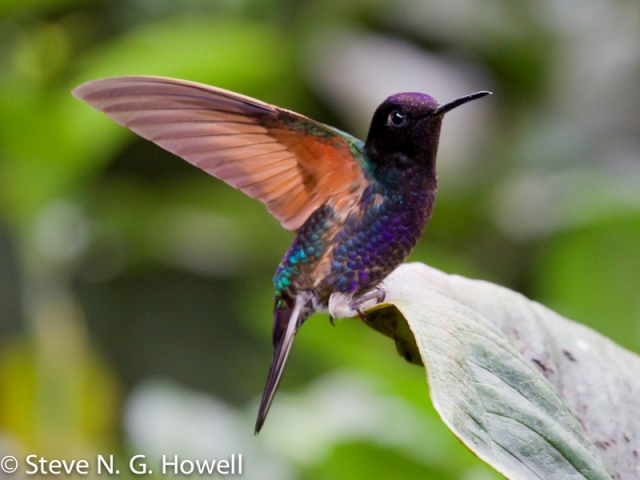
Velvet-purple Coronet
July 10: Steve Howell from his ongoing tour, Ecuador: A Week in Paradise
Walking away from leisurely views of a feeding Long-wattled Umbrellabird (below) was one of today’s many highlights. Others included gasp-eliciting male Orange-breasted Fruiteaters, many Moss-backed Tanagers, and multicolored Toucan Barbets. A stunning Sword-billed Hummingbird as we stepped from the van on our first morning set the tone, and it has been non-stop great birding ever since, from sunburst-winged Sunbitterns and sleek Little Cuckoos to elegant Red-crested Cotingas and confiding Tawny Antpittas (all below). Too many birds, too little time – but all from a very comfortable base with great food and hospitality.
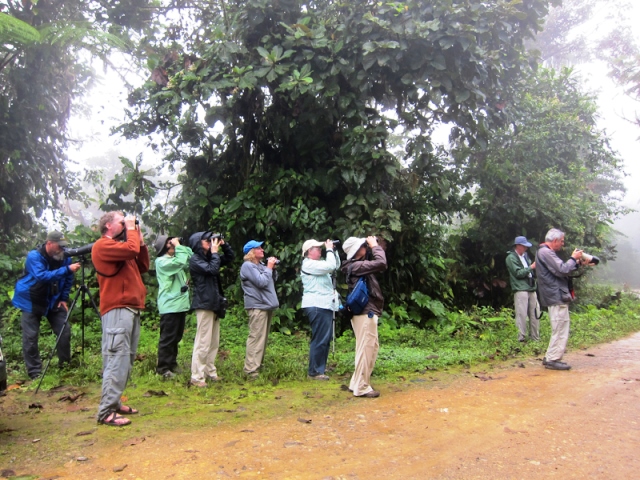
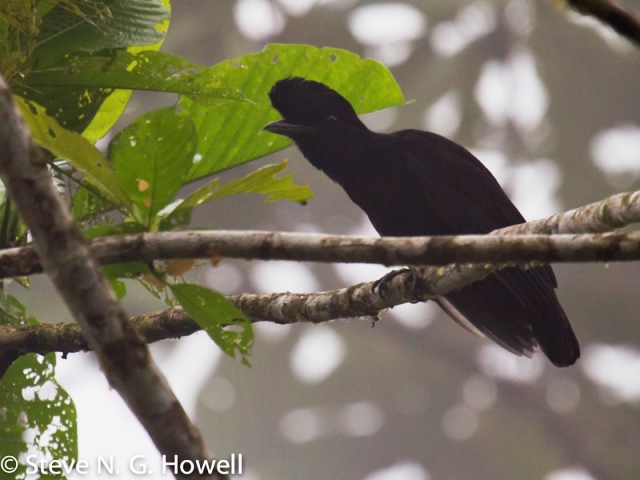
Long-wattled Umbrellabird
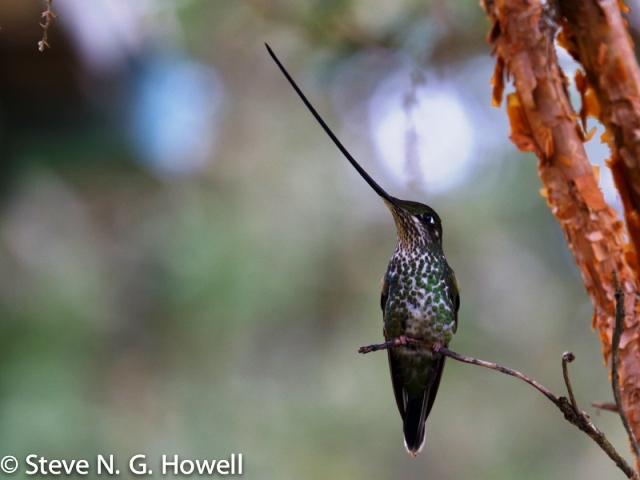
Sword-billed Hummingbird
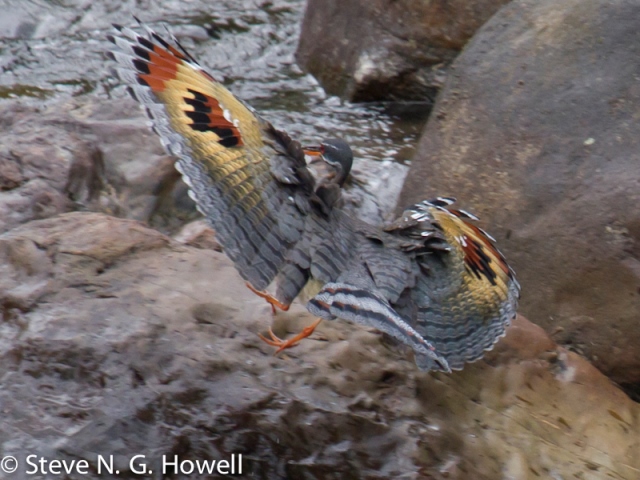
Sunbittern
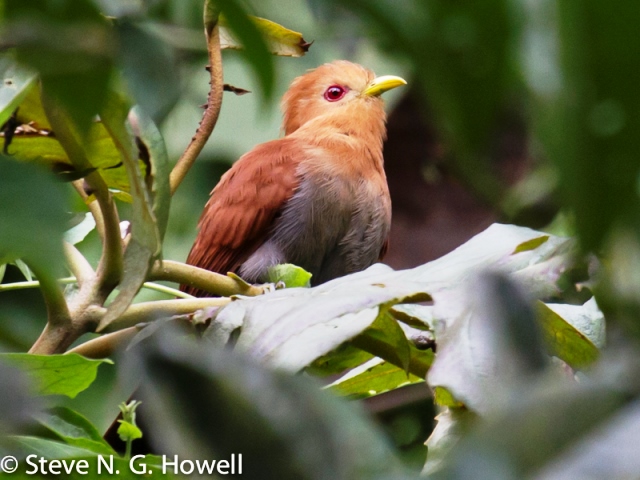
Little Cuckoo
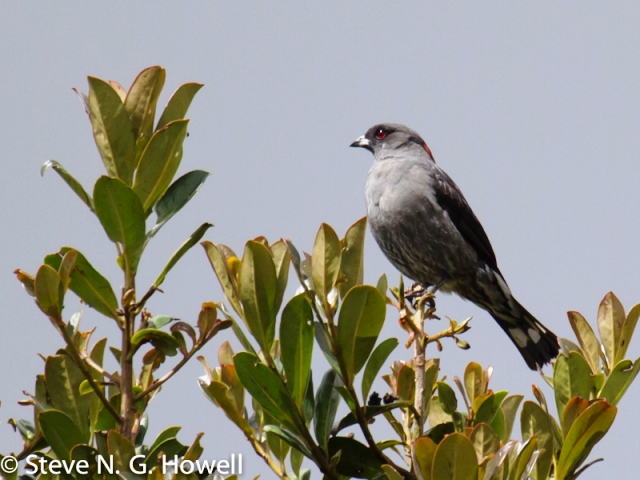
Red-crested Cotinga
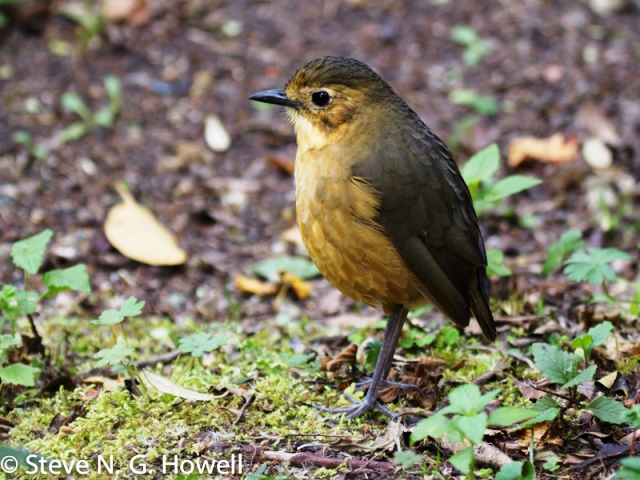
Tawny Antpitta
July 5: Yann Kolbeinsson from his ongoing tour of Iceland
Within half an hour from leaving the airport on the first day we were rewarded with close-up views of a male Rock Ptarmigan next to the van! That very first day then ended with a displaying Eurasian Woodcock in the late evening late as the sun slowly hid behind the distant mountains – and no less than five Short-eared Owls were seen! Since, we have had unbelievable views of White-tailed Eagles and Red Phalaropes, which sometimes are prone to giving distant views. All that with the omnipresent Northern Fulmars, drumming Common Snipes, Common Redshanks, Red-necked Phalaropes and Arctic Terns in the air and on land. Parasitic Jaegers carefully fly over fields looking for their next prey while Red-throated and Common Loons keep an eye on their territories on the lakes. Seven Gyr Falcons have also been spotted so far this trip! Several unusual visitors have also been seen this year, including an American White-winged Scoter, a drake Lesser Scaup (the first for Lake Mývatn!) and a Common Wood Pigeon. Whale-watching tomorrow morning!
Images below: Gyrfalcon with Arctic Tern escort; the massive waterfall, Godafoss; Red Phalarope; a mixed morph pair of Parasitic Jaegers; and female Snow Bunting with one of her kids.
